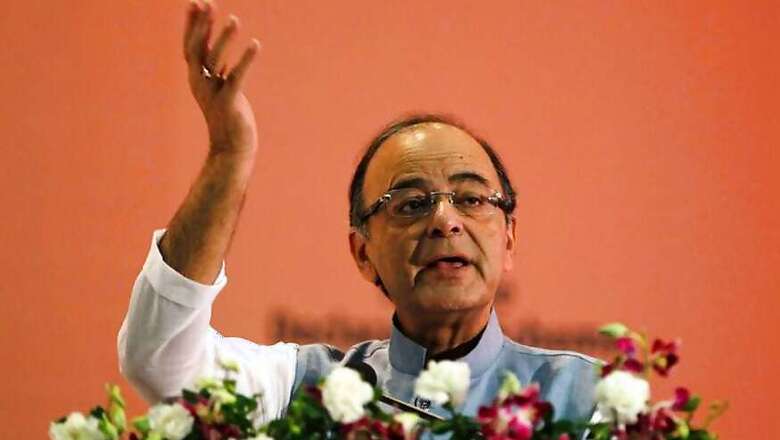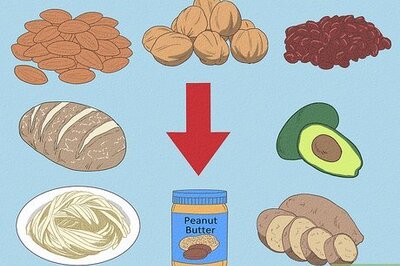
views
New Delhi: Before we get to the macroeconomic picture painted by Budget 2017 let us take into account what has happened since Demonetization.
In the three months since November, the economic data suggests that private consumption (the goods people buy in markets, stores and malls) has fallen. Private investments have also been affected while exports have remained sluggish due to weak global growth. A textbook economics response would be to increase government spending to pick up the economic slack and Budget 2017 has resorted to it.
While recognizing that three of the four engines of economic growth are faltering, the Budget has used the lone engine at its disposal (government spending) to spur economic growth by focusing on manufacturing, particularly in labour-intensive sectors.
Finance Minister Arun Jaitley announced a tax break for 96% of Indian firms, which come under the generic label of ‘small and medium firms’. These are the firms that employ 10 or 15 workers, but contribute disproportionately to employment and exports and a cut in the corporate tax rate should make them more competitive.
The Finance Minister has also allocated a massive Rs 2.4 lakh crore rupees to transportation (rail, roads and shipping) to spur economic activity and create jobs. Schemes for labour-intensive sectors like leather, textiles and food processing have been announced in order to give a fillip to employment.
Upasna Bhardwaj, an economist with Kotak Mahindra bank told News18 that the Budget had done a balancing act between upping government spending while at the same time keeping in mind the need to not deviate from the path of fiscal consolidation.
Fiscal consolidation refers to the need to shrink the gap between the government’s revenues and its expenditure.
A deficit indicates that expenditure is greater than revenue. A large deficit puts a nation’s public finances under watch from international rating agencies. The fiscal deficit was supposed to come down to 3% of GDP for FY 2017-18, but Jaitley has indicated that it will be 3.2%, keeping in view the government’s spending commitments.
However, some of the numbers that the government expects to receive as revenue in FY 2017-18 seem to be optimistic. The estimate of a 17% increase in tax revenue seems optimistic, especially given the uncertainty after Demonetisation and collections under the Goods and Services Tax.
Then, the government has estimated that it will receive an amount of Rs 72,500 crore from selling stakes in PSUs. However, a successful disinvestment programme needs rising stock markets, which is a big assumption.
On the subsidy front the government has penciled in a lower amount towards petroleum subsidy, an amount of Rs 25,000 crore next fiscal Vs Rs 29,000 crore in the current year. The assumption here is that international crude oil prices will continue to remain low.
This again is an assumption that could go wrong, since there are signs that global oil prices have started to move north.
The budget math seems to have bet big on investing on infrastructure and industry to spur growth while not upsetting the rating agencies either.

















Comments
0 comment